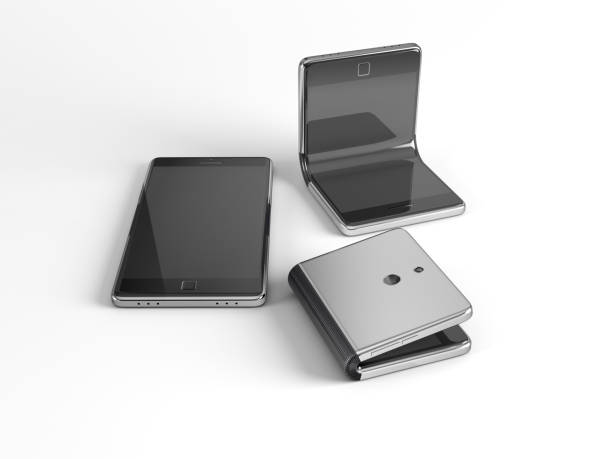Decoding The Tech Behind Foldable Devices: A New Era of Versatility
It's an exciting time in the tech world. Our devices are becoming more portable, adaptable, and increasingly sophisticated. One of the latest trends to hit the market is foldable devices. From smartphones to laptops, the tech world is bending over backwards to introduce this new wave of flexible and foldable technology. But what exactly makes these devices foldable and why are they becoming more popular?

Foldable Devices: A Brief History
The concept of foldable devices is not new. In the early 2000s, flip phones were all the rage, providing a compact and stylish alternative to the bulky mobile phones of the time. However, the advent of smartphones, with their large touchscreens and app ecosystems, pushed flip phones into obscurity.
Fast forward to 2019, when Samsung made headlines with the launch of the Galaxy Fold, a smartphone that could unfold to reveal a larger, tablet-like screen. Despite some initial hiccups, the product marked the beginning of a new era in mobile technology. Soon, other tech giants like Huawei and Motorola also joined the foldable bandwagon.
The Tech Behind the Flex
The core technology that enables a device to fold is the flexible display. Traditional displays are made of rigid glass that can shatter or crack under stress. In contrast, flexible displays use a plastic substrate that can bend without breaking.
The biggest challenge in creating flexible displays is ensuring their durability. Folding and unfolding a device puts a lot of stress on the display, and it needs to withstand thousands of folds without degrading. Manufacturers have made significant strides in improving the durability of these displays, but it remains a key concern for many potential buyers.
The Rise of Foldable Devices in 2021
Foldable devices have gained significant momentum in recent years. In 2021, Samsung launched the Galaxy Z Fold 3 and Z Flip 3, both of which have been received positively by tech enthusiasts and critics alike. The devices showcase significant improvements in durability and functionality compared to their predecessors, signaling that foldable tech is here to stay.
Foldable Devices: Price and Impact
Foldable devices currently occupy the premium segment of the tech market. For instance, the Galaxy Z Fold 3 starts at a whopping $1,799. It’s clear that the technology is still in its early stages, and the high price reflects the cost of innovation. However, as the technology matures and competition increases, prices are expected to come down.
The impact of foldable devices on the market is significant. They represent a new form factor that offers a unique blend of portability and productivity. A foldable phone can double up as a tablet, providing a larger screen for media consumption or multitasking. Similarly, foldable laptops like the Lenovo ThinkPad X1 Fold offer a more compact and versatile alternative to traditional laptops.
The Future of Foldable Tech
Foldable technology is still in its infancy, but it’s evolving rapidly. Tech giants are investing heavily in R&D to overcome the current limitations and push the boundaries of what’s possible. Future foldable devices could be more durable, affordable, and offer even more versatility.
While it’s too early to say whether foldable devices will become mainstream, they have certainly captured the imagination of the tech world. With their unique blend of design and functionality, foldable devices represent a new frontier in personal technology, offering a glimpse into the future of a more flexible and versatile tech ecosystem.






